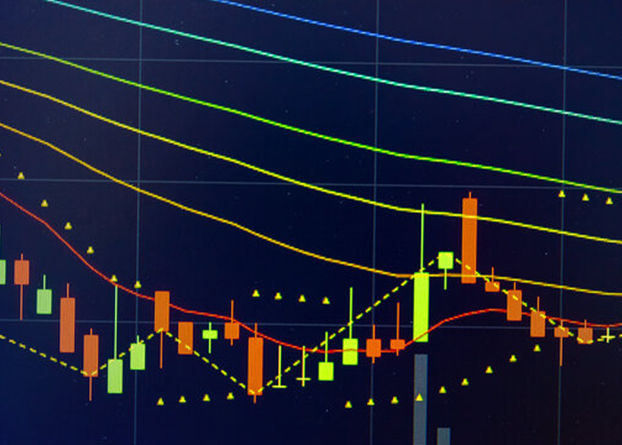If you are in the trading business, you must know about the trading volumes that allow you to determine if market participants support a price trend or not.
If you’re looking for the same, then you’re at the right place. In this article, through safetradebinaryoption, we will comprehend all the fundamental points that are helpful for analysis.
So, here we are!
What is Volume?
Volume is the total number of items that are traded overall in the marketplace. It is a giant classification. Every single selling and buying transaction is known as one unit of volume.
Significance of Volume:
Volume discloses the number of interests people have in the commodity and the presence of the seller and buyer in it at a given period.
● High Volume:
A stock with an uptrend means an increase in volume, and the ongoing uptrend will keep increasing the stock price. It ultimately gets buyers interested in it. Similarly, a stock with a downtrend means an increase in volume, and an ongoing downtrend will keep decreasing the stock price. It ultimately gets sellers interested in it.
● Low Volume:
An increase in price with an uptrend but decreased or unchanged volume shows low interest in the security. Therefore, the price may overturn. Similarly, a decreasing price with low volume means no interest of traders in the price. So the price will shortly overturn to the upside.
9 Different Types of Volume Indicators:
Here we will discuss nine different types of Volume Indicators that will assist the merchants about the trading volume:
● OBV Indicator:
On Balance Volume (OBV) is a cumulative indicator that adds volume on up days and subtracts volume on down days to gauge purchasing and selling concerns.
When the stock closes higher/lower than the earlier close, likewise, the volume for the whole day is assumed up/down-volume.
● Volume RSI:
It is a volume-based technical indicator assessing momentum and fluctuation of volume to the price up/down-side (up/down volume). It struggles to measure price trend shifts via a shift in bullish and bearish pressure (up/down volume). It oscillates around 50%, ranging from 0 to 100%.
● Money Flow Index:
It is an indicator of movement that assesses time and price to compute the trading buying and selling emphasis. It ranges from 0 to 100. As per the MFI signal, the following conditions occurs:-
● Overbought = MFI above 80
● Oversold = MFI below 20
● Negative Volume Index:
It integrates volume & price and how price trends are affected by down volume days through graphical representation. NVI can be valuable after a price comes down from high-volume trading.
● Volume-Price Trend Indicator:
The volume price trend indicator defines the proportion of demand and supply of a security.
● Price: Change reflects the relative supply/demand of a particular security
● Volume: Change indicates the pressure behind the trend.
● Chaikin Money Flow Indicator:
It measures the amount of money flow (buying and selling emphasis) for a specific interval.
● Buying: A move into positive territory reflects buying emphasis.
● Selling: A move into negative territory reflects selling priority.
● Accumulation/Distribution:
It measures the in/out cumulative flow of money of stock.
Buying: High positive number with high volume expresses intense buying pressure that propels the indicator higher.
Selling: Low negative number with high volume conveys intense selling pressure that stimulates the indicator low.
● The Volume-Weighted Average Price:
It represents the average price of an item traded when both price and volume are assumed. This indicator displays the actual market value traded for the first time. Through this, traders can get an idea if it was purchased or sold at a reasonable price.
● Ease of Movement:
It assists in gauging the ease with which a stock price moves between several degrees depending upon volume trends.
It operates well in volatile markets and for long time frames, such as daily charts. The buy and sell signals appear when it traverses the 0 centreline or makes bullish/bearish deviations.
In Closing:
As discussed above, volume indicator analysis is a very crucial technical parameter to traders and investors. On the whole, multiple volume indicators are available, but above are the common and popular ones. To improve your trading skills, you must make these volume indicators a part of your analysis gadgets.
Enjoy Trading Analysis!










